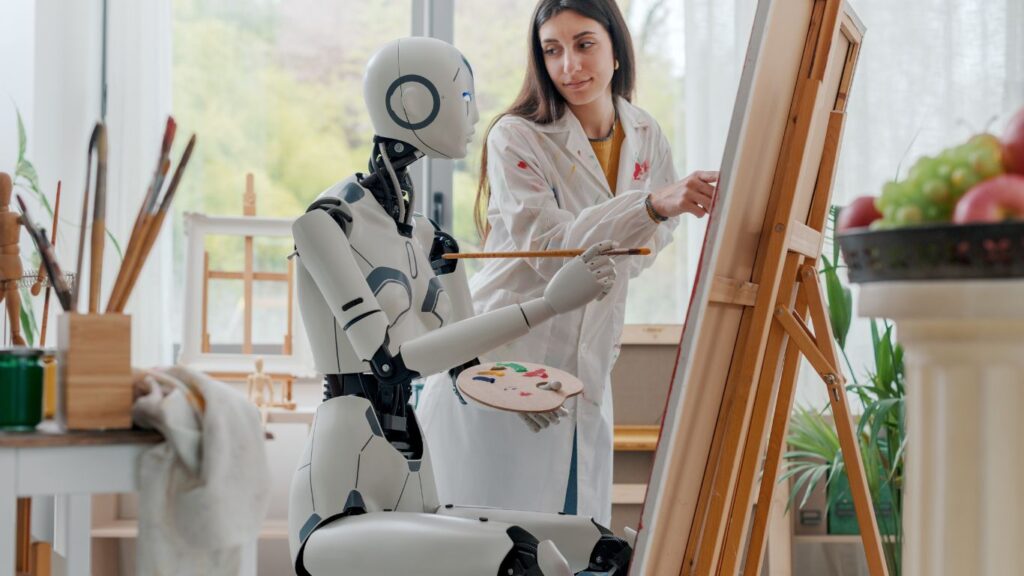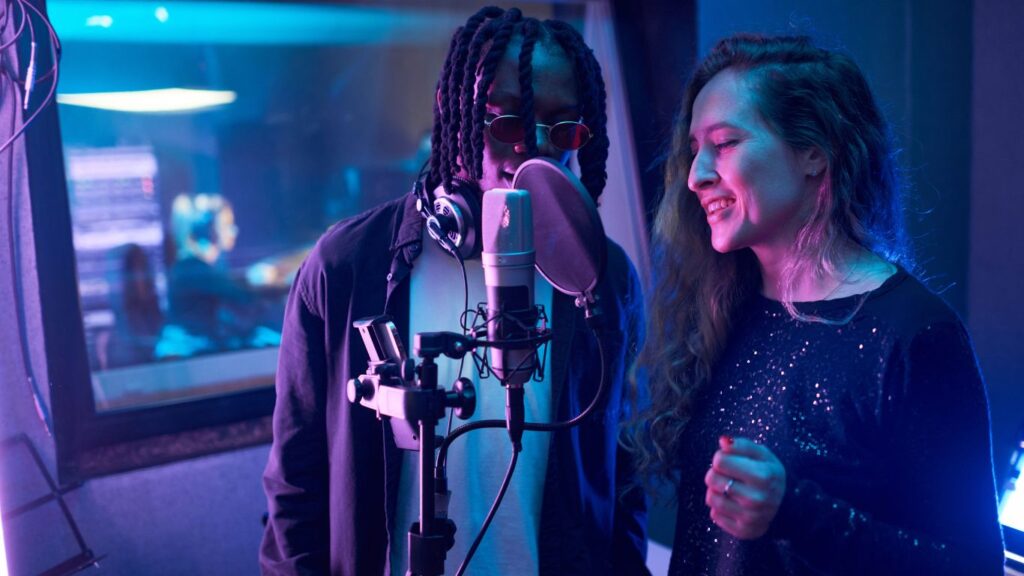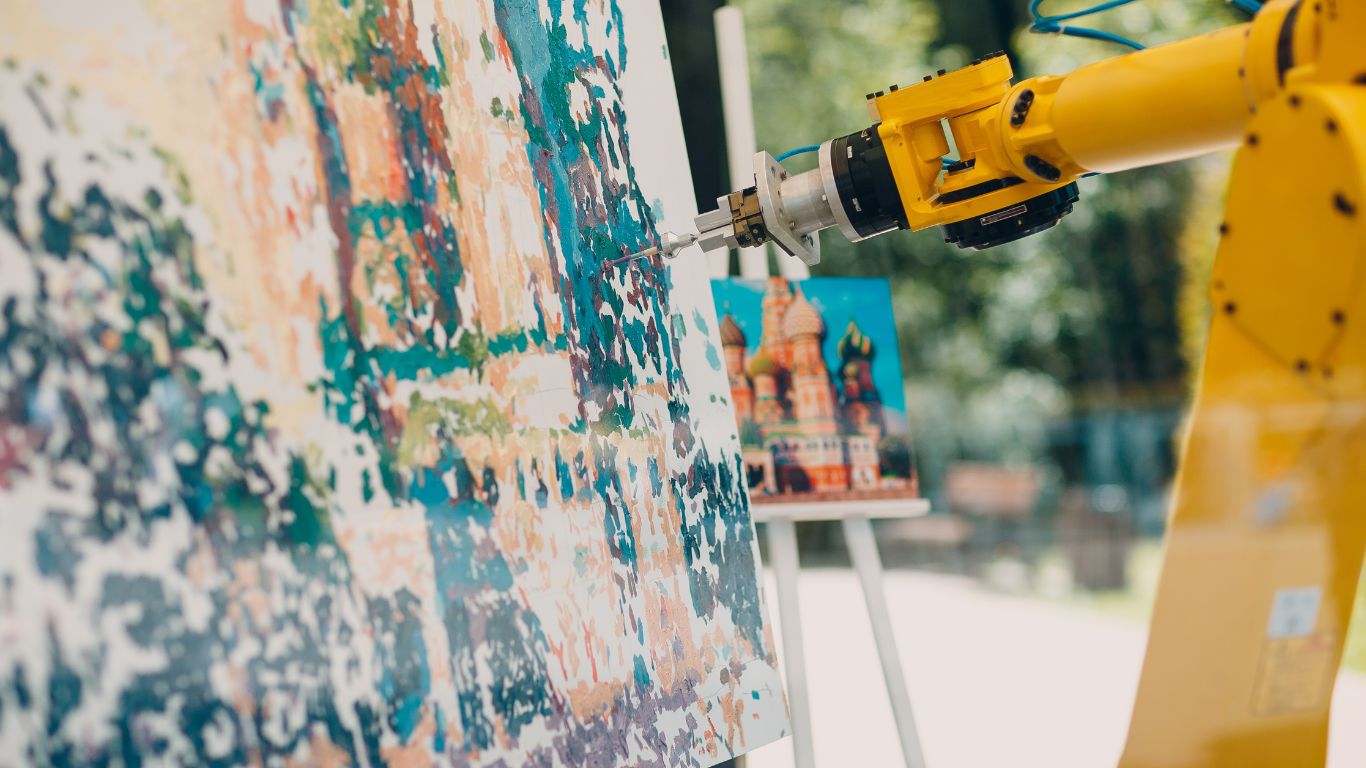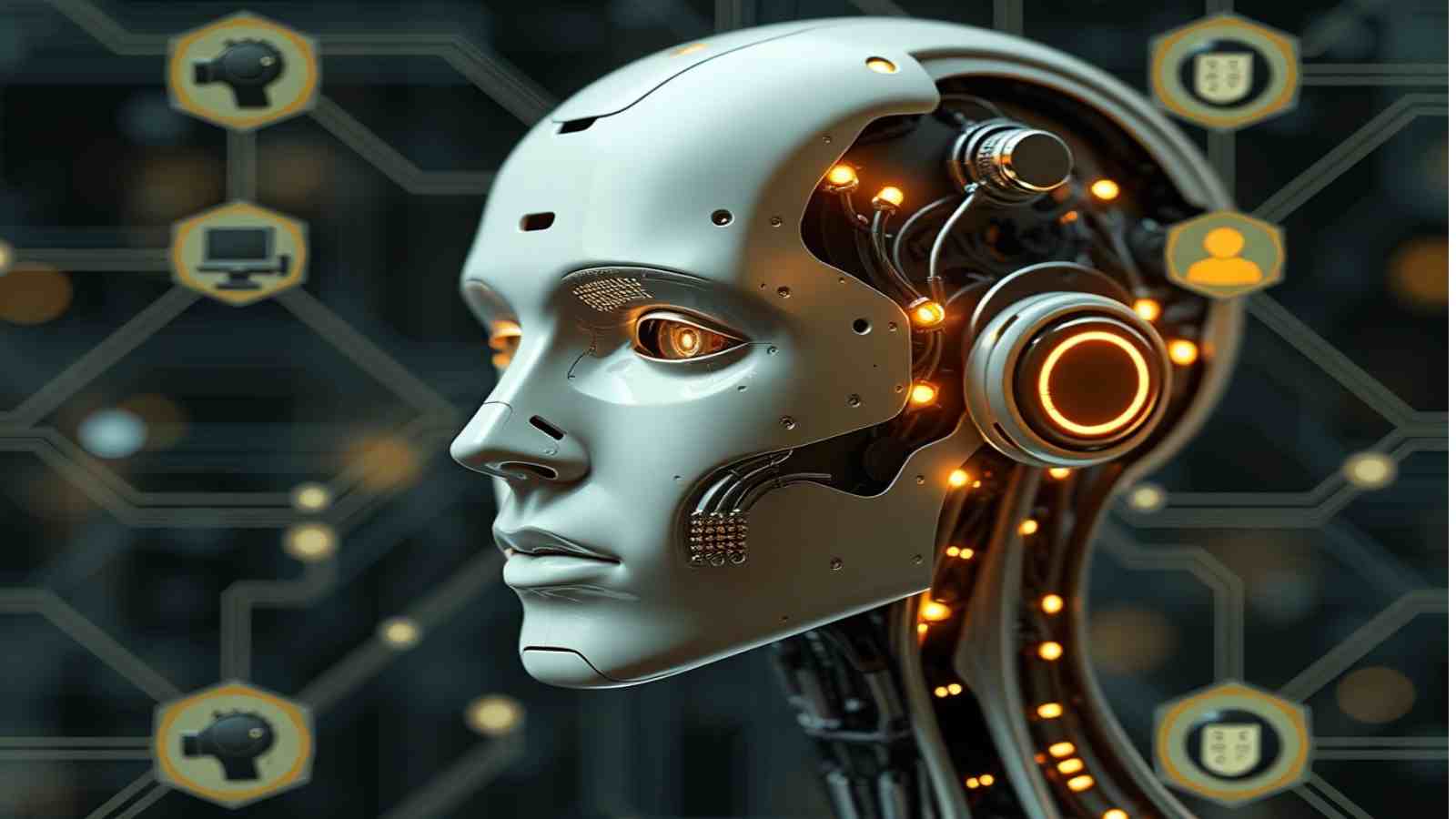The rise of AI-generated art has opened new possibilities for creators and businesses alike. From merchandise to marketing, these digital masterpieces offer unique and customizable visuals that can enhance commercial endeavours. However, leveraging AI-generated art commercially requires a thorough understanding of the legal landscape, especially regarding copyright, intellectual property, and licensing agreements.
This guide will provide a comprehensive overview of considerations for using AI-generated art commercially in the United States, using tools like DeepArt, RunwayML, and Artbreeder.
Legal Considerations for Commercial Use of AI-Generated Art
- Review Terms of Service and Licensing Agreements
Before using AI-generated art for commercial purposes, it is crucial to review the terms of service and licensing agreements of the AI tools you are using:

- DeepArt: No explicit attribution requirements for commercial use. However, crediting DeepArt or the original creators of the training data when feasible is advisable.
- RunwayML: Commercial use requires a paid subscription. No specific attribution requirements are mentioned, but acknowledging RunwayML in the form of a mention or logo is recommended.
- Artbreeder: Provides a Creative Commons license that generally requires attribution to the original creator but allows for commercial use. Specific attribution details can be found in the Creative Commons license associated with each piece of AI-generated art.
- Pay Attention to Limitations and Special Conditions
When reviewing the terms of service and licensing agreements, pay attention to any limitations or particular conditions related to commercial use, such as:
- Attribution requirements
- Usage fees
- Restrictions on specific types of commercial activities
- Align with Copyright and Intellectual Property Laws
Ensure that your use of AI-generated art aligns with copyright and intellectual property laws. This includes any potential requirements to credit the AI tool or the original creators of the training data used by the AI. If there are any ambiguities or complexities in the terms of service or licensing agreements, it is advisable to seek legal advice.
Attribution Requirements and Strategy
Specific Attribution Requirements:

- DeepArt: While there are no explicit attribution requirements for commercial use, it is good practice to credit DeepArt or the original creators of the training data when feasible.
- RunwayML: Commercial use requires a paid subscription, and although no specific attribution requirements are mentioned, it is recommended to acknowledge RunwayML with a mention or logo where applicable.
- Artbreeder: The Creative Commons license generally requires attribution to the original creator but allows for commercial use. Specific attribution details are provided in the Creative Commons license associated with each piece of AI-generated art.
Attribution Strategy:
Incorporating attribution for the AI tools or original creators of the training data in your commercial use of the art can be done in several ways:
- Digital Products: Include attribution in the metadata of websites, apps, and digital downloads where feasible and appropriate.
- Marketing Materials: Add a brief acknowledgement or logo of the AI tool used in marketing materials.
- Merchandise Labels: Include attribution on merchandise labels or packaging.
- Artbreeder-Generated Art: Adhere to the specific attribution details mentioned in the Creative Commons license associated with each piece, ensuring the required attribution is clearly visible in the relevant commercial materials.
- Voluntary Attribution: Where no explicit attribution is required, consider voluntary attribution to the AI tool or original creators of the training data as a good practice to acknowledge their contribution to the art’s creation.
FAQs
- Can I use AI-generated art in my merchandising business?
Yes, you can use AI-generated art in your merchandising business, but it is essential to review the terms of service and licensing agreements of the AI tool you are using. Ensure that your commercial use complies with any attribution requirements, usage fees, or other limitations specified by the tool, such as DeepArt, RunwayML, or Artbreeder.
- Do I need to attribute the AI tool or original creators when using AI-generated art commercially?
Attribution requirements vary depending on the AI tool. While DeepArt does not explicitly require attribution, crediting the AI tool or original creators when feasible is recommended. RunwayML suggests acknowledgement but does not mandate it, whereas Artbreeder typically requires attribution to the original creator under its Creative Commons license.
- Are there any fees associated with the commercial use of AI-generated art?
Usage fees can depend on the specific AI tool. For example, RunwayML requires a paid subscription for commercial use. It is essential to review the terms of service for each AI tool to understand any associated costs or fees for commercial applications.

- What should I do if the terms of service could be more precise or more complex?
If the terms of service or licensing agreements need to be clarified or more complex regarding the use of AI-generated art, it is advisable to seek legal advice. Consulting with a legal professional can help you navigate potential ambiguities and ensure compliance with copyright and intellectual property laws.
- How can I ensure compliance with copyright laws when using AI-generated art?
To ensure compliance with copyright laws, thoroughly review the terms of service and licensing agreements of the AI tool and adhere to any specified requirements. Additionally, consider voluntarily attributing the AI tool or original creators, even if not explicitly required, as good practice and acknowledge their contributions to the art’s creation.
- Can AI-generated art be used for all types of commercial activities?
While AI-generated art can be used for various commercial activities, there may be specific restrictions depending on the AI tool’s licensing agreements. Review the terms of service to understand any limitations regarding the types of permitted commercial activities and ensure compliance to avoid potential legal issues.
Conclusion
Using AI-generated art commercially can be both an innovative and lucrative endeavour. However, it requires careful attention to legal considerations, including terms of service, licensing agreements, and intellectual property laws. By understanding these requirements and thoughtfully incorporating appropriate attribution, you can leverage AI-generated art to enhance your commercial projects while respecting the rights and contributions of the original creators and AI tool providers.
If you have any ambiguities or require further clarification on legal aspects, do not hesitate to seek professional legal advice to ensure full compliance and avoid potential legal pitfalls.











